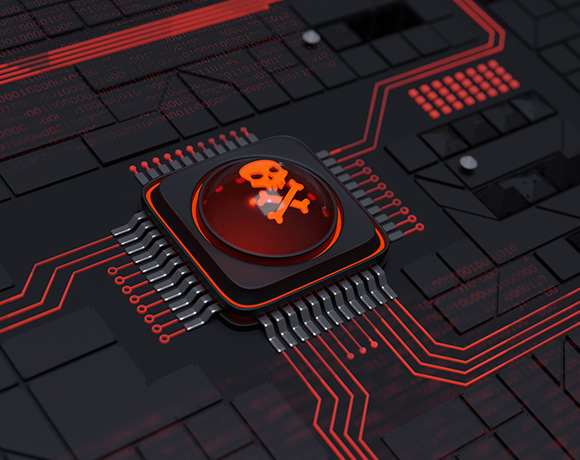Information Security
Traditional SIEM systems have been around for a long time, although they were traditionally limited to compliance and focused on collecting network and security infrastructure log data to provide a type of log management functionality.
Modern, second-generation SIEM systems are more than just compliance tools. They provide protection against various security incidents and cyberattacks. They allow you to quickly identify threats and respond and reduce the time from the start of the incident to the moment it is detected while also shortening the time needed to respond and eliminate the incident.
Where event correlation is important, SIEM system information sources are not limited to logs. Instead, they also include network behaviour, data traffic analysis and activities on end-point devices (servers as well as end-user devices). To provide transparency across all three levels, SIEM systems use dedicated modules or we integrate them with point solutions.
Despite all that, SIEM is just a technology that cannot deliver the expected results without competent people and well-defined processes.
A SIEM system is a key element for operational security and ensuring compliance with regulations such as GDPR, EU NIS and the Act on information security.

Insight into IT system operations

Identify threats quickly

Security incident detection

Regulatory compliance



